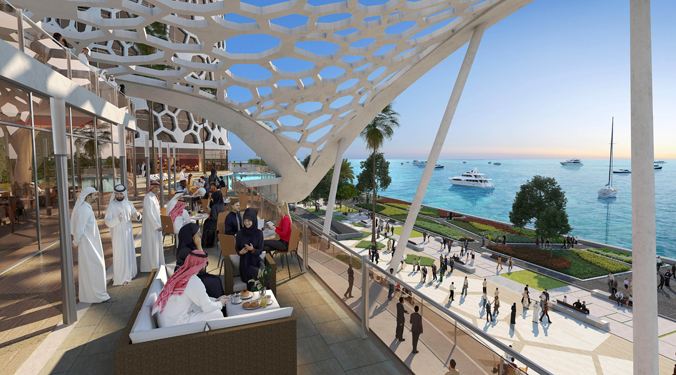Liebherr cranes in action on the Queensferry Crossing

The Firth of Forth is an estuary on the east coast of Scotland, and also the mouth of the River Forth to the North Sea. The new bridge, which will be called the Queensferry Crossing and which sits alongside the existing Forth Road Bridge (FRB) built in 1964, is under construction to safeguard the cross-Forth M90 motorway corridor following concerns about the long term viability of the FRB.
The Queensferry Crossing bridge will therefore be a main transport artery between Edinburgh and the northern regions of Scotland. The construction project began in early 2011 and is expected to be completed in 2016. Once completed, this 2.7 km long bridge will be the world’s longest cable stayed bridge with three towers.
Liebherr products have been used extensively during the construction of the project. In Edinburgh, more than 12 Liebherr cranes, including three Liebherr 630 EC-H 40 Litronic topslewing cranes are involved every day in the Forth Crossing Bridge construction.
Liebherr 630 EC-H 40 tower cranes
In addition to the crane supply, Liebherr is responsible for their overall development. This includes a special design for the high wind speeds which prevail in this region, as well as the required calculations for the guying on the towers and the loads for the caisson foundation.
Each of the three tower cranes stands on a client-constructed steel foundation known as a caisson, on the bridge towers in the water. The tower cranes were installed using a barge, on which a crawler crane stood. Previously, the individual crane parts were assembled on the mainland.
A particular challenge in the Queensferry Crossing project is the capacity required to handle 30,000 tonnes of steel, with some high individual loads. 630 EC-H 40 Litronic tower cranes are ideal for such applications. The cranes are equipped with 36-metre jib and lift up to 180 tonnes at the jib head. At a radius of up to 18 metres, the cranes are designed for a 40-tonne capacity. This configuration enables a particularly high handling capacity with heavy loads. This lifting capacity is also supported by the 110 kW high performance hoist gears from Liebherr which are in use on the project, and which guarantee fast lifting speeds.
To adapt to the high wind speeds resulting from the open North Sea location, the cranes are specified according to wind zone “D 25” and configured with the particularly stable 500 HC tower system. The cranes are stationary mounted on 10-metre 630 EC-H undercarriage. In total, just five guying systems on the pylons are needed to reach the 212-metre hook height. The special guying systems were manufactured by the client, on the basis of designs and structural calculations provided by Liebherr. The construction process-synchronised climbing procedure of the three 630 EC-H 40 Litronic tower cranes takes place via their own climbing equipment. Each crane reaches a total height of 235 metres.
Liebherr mobile and crawler cranes
Since the start of the project, twelve different types of Liebherr mobile telescopic and lattice boom cranes have been deployed on the site. Operated by Ainscough Crane Hire Ltd, cranes from sizes ranging from 40-tonne to 500-tonne have been used to lift components needed to construct the bridge. On average there are 8 telescopic cranes on site each day, and in total there have been over 5,500 hire days. Atleast one model of almost every telescopic crane that Liebherr manufactures has been used in the project. Smaller cranes are used for handling rebar, placing shuttering and carrying out general construction lifts. The larger cranes are called in to lift bridge deck segments and precast sections.
Two Liebherr LR 1300 crawler cranes, also owned and operated by Ainscough Crane Hire, have been located on the project. One is mounted on a barge situated in the river, which operates in support of the three Liebherr tower cranes. The second machine is based on the shore, and operates in support of the barge, loading out components that are taken to the base of the towers.
• Three 630 EC-H 40 Litronic top-slewing cranes climb on bridge pylons to a lifting height of 212 m
• More than ten different Liebherr mobile crane types employed on the project to date, over 5,000 hire days in total
• Two Liebherr crawler cranes in full time operation to support the tower cranes
Cookie Consent
We use cookies to personalize your experience. By continuing to visit this website you agree to our Terms & Conditions, Privacy Policy and Cookie Policy.









